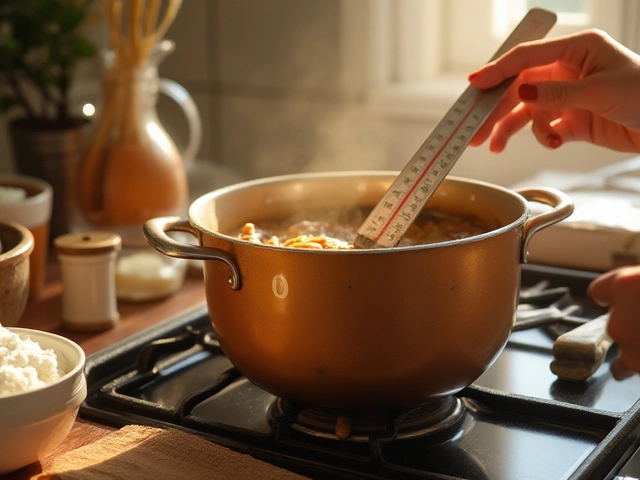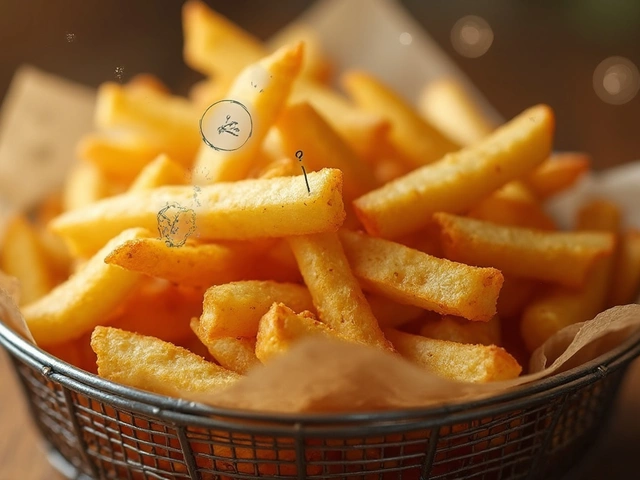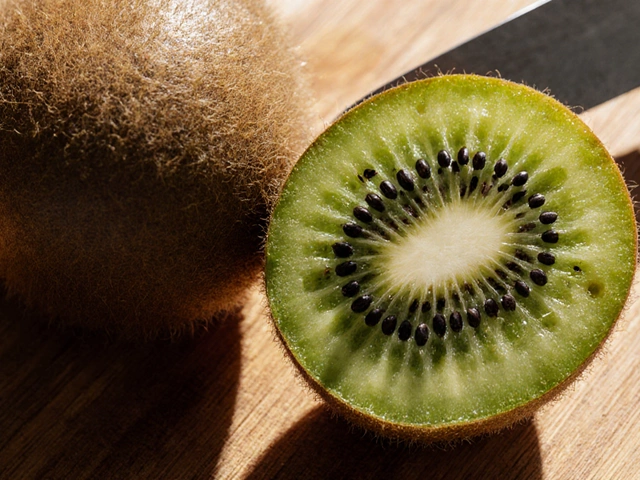Fudge Texture: Your Ultimate Guide to Smooth, Creamy Confections
When working with fudge texture, the mouthfeel of fudge ranging from silky smooth to gritty or grainy. Also known as fudge consistency, it determines whether a batch feels luxurious or disappointing. The fudge a dense, sugar‑based confection made by cooking sugar, butter and milk relies on two key science points: the soft‑ball stage the temperature range (112‑116 °C or 234‑240 °F) where a syrup forms a pliable ball in cold water and the use of a candy thermometer a calibrated tool that measures the exact heat of sugar mixtures. Together they shape the final texture, because hitting the right temperature locks the sugar crystals in a fine, melt‑in‑your‑mouth structure, while missing the mark can leave you with a grainy, crystalline mess.
Why does temperature matter so much? At the soft‑ball stage the syrup’s moisture content drops just enough for the sugar crystals to start forming but not so much that they grow large and crunchy. If the mixture cools too quickly, big crystals have time to develop, creating that dreaded grainy texture. On the flip side, cooking a few degrees below the soft‑ball stage leaves excess moisture, resulting in a soft, almost pudding‑like fudge that never firms up. That’s why a reliable candy thermometer is worth the extra penny—it removes guesswork and lets you see the exact moment the temperature hits the sweet spot.
Altitude throws another curveball. Higher elevations lower the boiling point of water, so the soft‑ball stage arrives at a slightly lower temperature. A rule of thumb is to subtract about 1 °F for every 500 ft above sea level, or simply give yourself a 5–10 °F buffer when you live in the mountains. Another common hiccup is stirring too early. Once the syrup reaches the soft‑ball stage, keep it off the heat and let it sit for a minute. This pause lets the temperature even out and the crystals start to form uniformly. Then start beating vigorously; the agitation forces tiny crystal seeds to spread, which is the secret to that smooth, creamy bite.
Beyond temperature, ingredient choices shape texture too. Using heavy cream instead of milk adds extra fat, which coats sugar crystals and keeps them from clumping, resulting in a richer, silkier fudge. Unsalted butter is preferred because it lets you control the salt level precisely—too much salt can interfere with crystal formation. Some bakers swap corn syrup for glucose syrup; the latter contains longer chains that further inhibit large crystal growth, giving an even smoother finish.
Now that you know the science, let’s talk practical fixes when your fudge turns out grainy. First, re‑heat the mixture gently to just below the soft‑ball stage, add a splash of cream, and beat vigorously for a few extra minutes. The added fat can help dissolve larger crystals. If the fudge is still gritty, blend it into a hot sauce and pour it into a shallow pan to cool rapidly; then re‑heat and beat again. It’s a bit of a marathon, but many home cooks swear by the “re‑cook and beat” method to rescue a batch that missed the mark.
Armed with these tips—monitoring the soft‑ball stage with a candy thermometer, adjusting for altitude, choosing the right fats, and knowing rescue tricks—you’re ready to control fudge texture like a pro. Below you’ll find a curated collection of articles that dive deeper into each of these areas, from temperature guides to grain‑free recipes, so you can keep your fudge smooth, creamy, and absolutely irresistible.
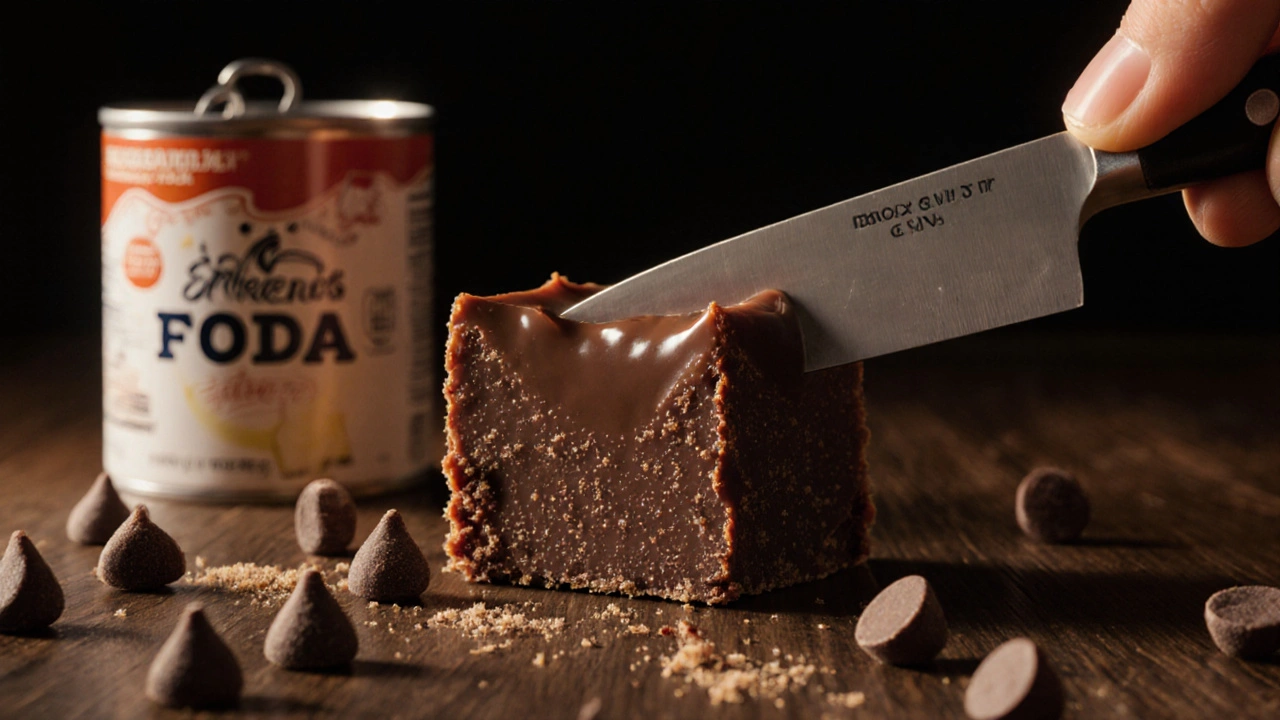
Why Use Evaporated Milk in Fudge? The Science Behind the Creaminess
Evaporated milk is the secret to smooth, non-grainy fudge. It reduces water content for better sugar crystallization, gives rich texture without added sugar, and outperforms regular milk or condensed milk in classic recipes.
View More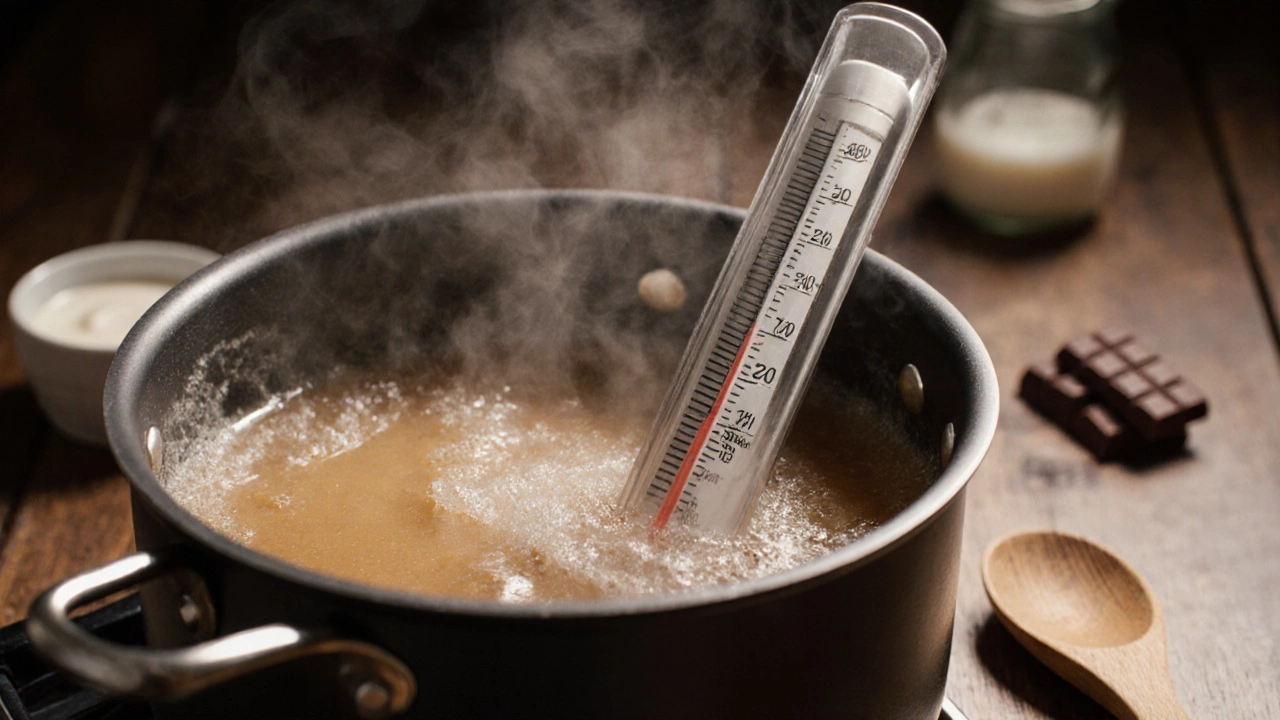
How Often Should I Stir Fudge? The Right Way to Stir Fudge for Perfect Texture
Learn the exact moment to stir fudge for smooth, creamy results-no more grainy batches. Discover why timing matters more than frequency in fudge-making.
View More
What Happens When You Skip Vanilla in Fudge? Effects on Flavor & Texture
Learn how skipping vanilla changes fudge flavor, texture, and aroma, plus smart substitutes and troubleshooting tips for perfect chocolate fudge every time.
View More


